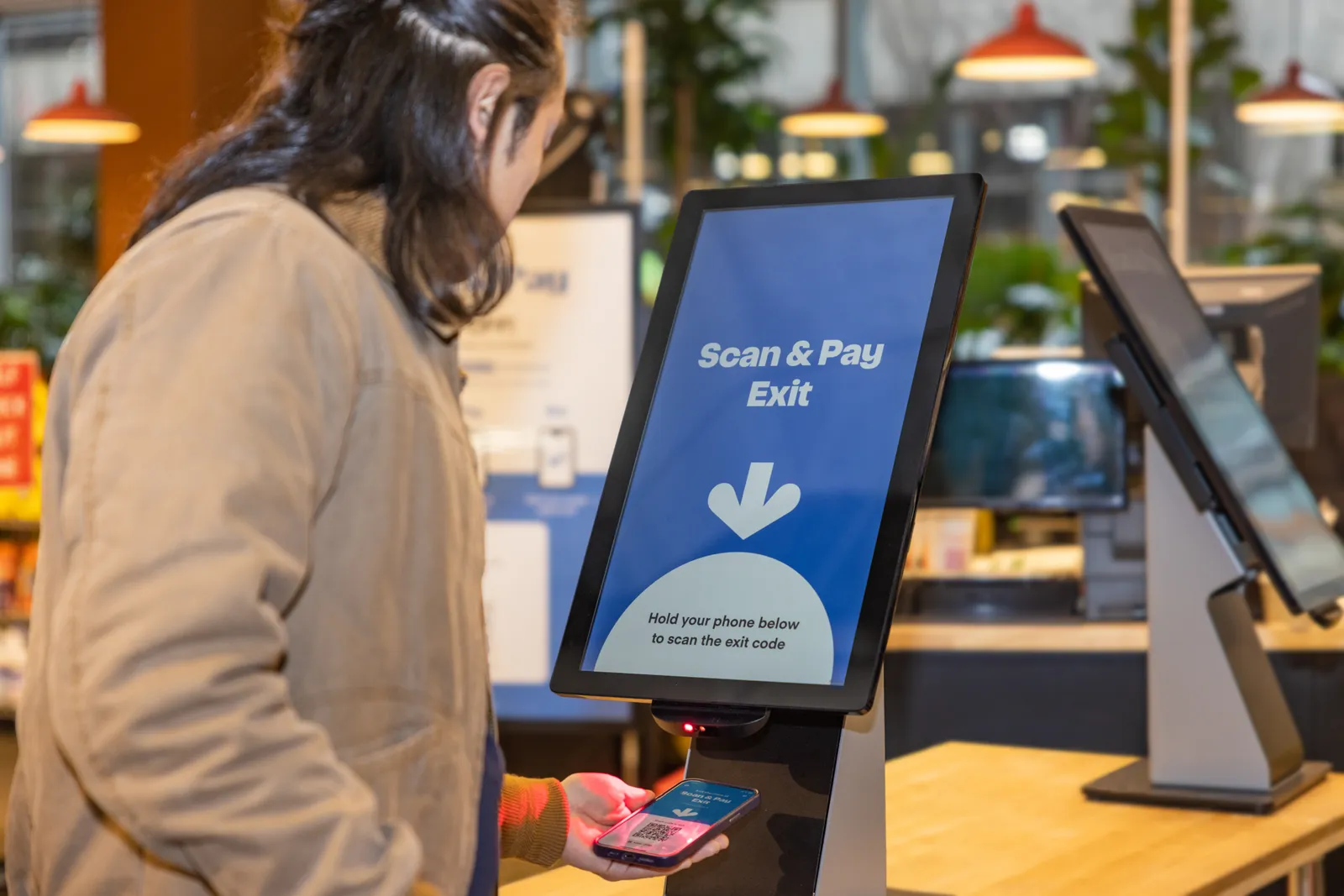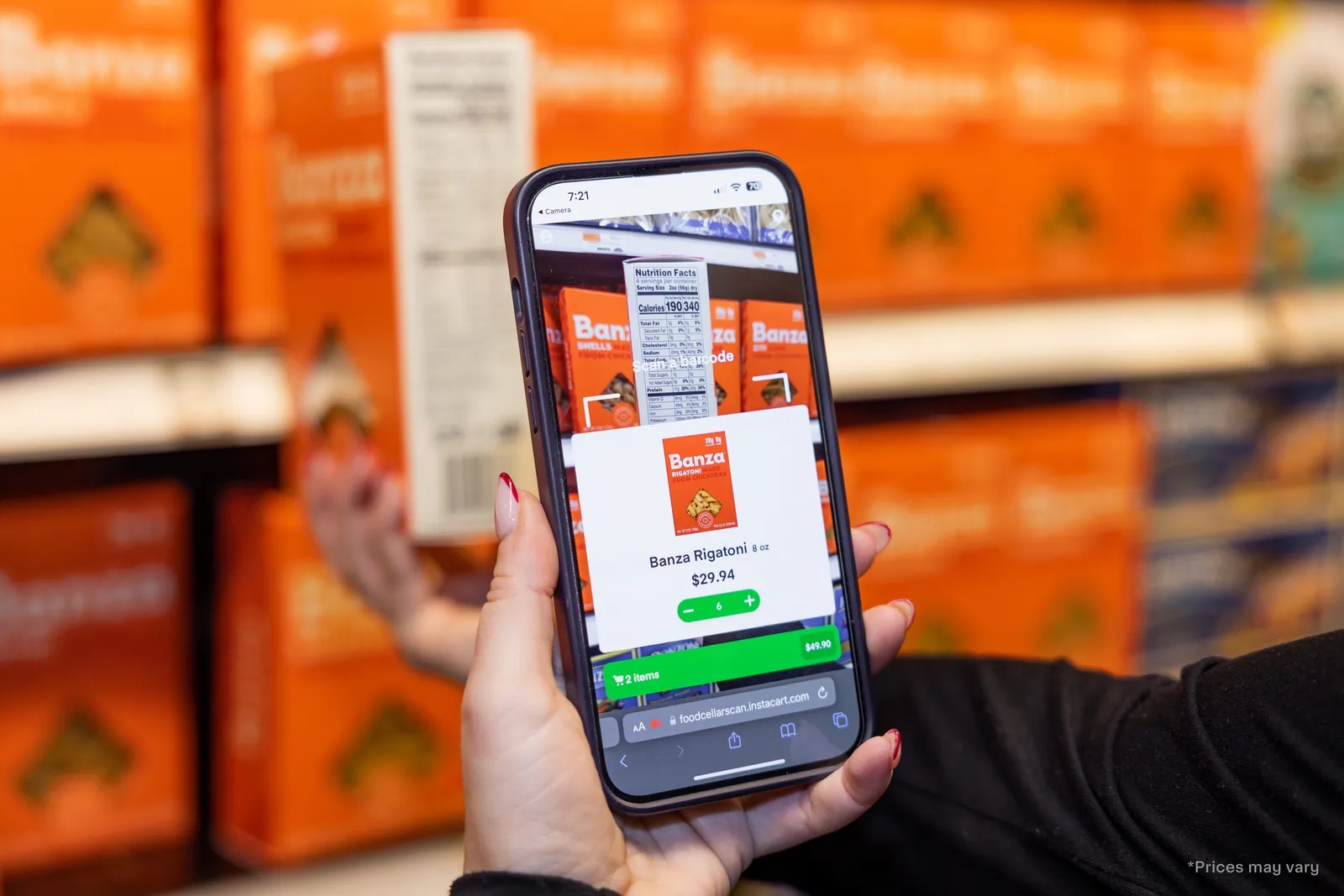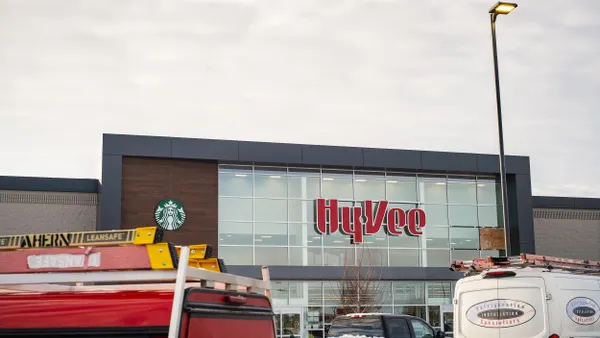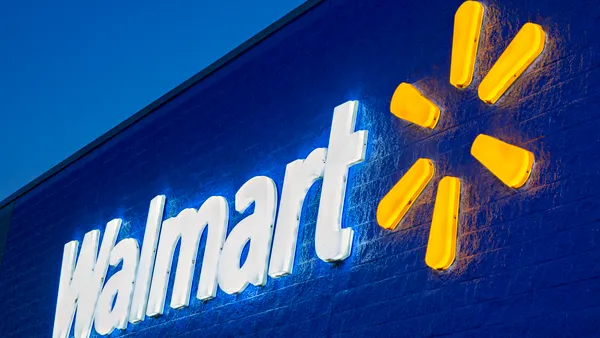Dive Brief:
- Instacart announced Monday the launch of its Scan & Pay solution at Foodcellar Market, a two-store grocer in New York City.
- This marks the retail debut for Instacart’s Scan & Pay system, which is part of the company’s Connected Stores suite of solutions for retailers that Instacart announced in September.
- The debut of Scan & Pay marks a key milestone for Instacart as it looks beyond e-commerce and toward offering more in-store solutions for grocers.
Dive Insight:
While many grocers require customers to use an app — either a standalone one or through the retailer app — to utilize scan-and-go programs, Instacart’s offering allows customers to access it via mobile browser.
“Our customers have shared their surprise at how easy it is to use Scan & Pay – there’s no need to download an app or learn complicated technology,” Foodcellar Market co-founder Metin Mangut said in the announcement.
To access Instacart’s Scan & Pay solution at Foodcellar, customers can scan a QR code on a sign, which also has the store’s Wi-Fi connection information on it. Customers then scan product barcodes, including loose items like weighted produce, and pay on their phones when they are done shopping. Before leaving the store, customers use “Scan & Pay Exit” kiosks to scan a QR code on their phones.

The Scan & Pay solution links items bought in-store to customers’ online Instacart accounts, allowing them to shop those same items again.
Instacart noted that Scan & Pay is most popular during peak shopping hours at 1 p.m. and 5 p.m., and that customers usually use it for smaller baskets, with less than 10 items on average. Instacart claims Scan & Pay helps customers stay on budget — a major focus amid months-long high inflation — by showing them how much they are spending as they scan items.
“We’ve been really pleased with the early adoption and our store associates love how Scan & Pay reduces stress for them too,” Mangut said.
Foodcellar Market, which has two stores in Queens’ Long Island City neighborhood, has been working with Instacart for years, including serving as a testing hub for Instacart’s Caper Carts and being an e-commerce partner since 2016, per the announcement.

Scan-and-pay solutions received heightened scrutiny when Wegmans announced last summer the end of the popular service due to unspecified “losses.”
Yet as frictionless checkout continues to gain footing in the grocery industry, scan-and-pay programs offer a less-expensive alternative for in-store shopping. Experts have said more grocers are warming up to scan and pay as well, especially with many customers already using their phones while roaming in-store aisles.
Hy-Vee last summer said it would expand its Scan & Go program to more locations, while last spring Sam’s Club said it would start accepting EBT payments for SNAP participants with its Scan & Go service at participating locations. Walmart discontinued its Scan & Go program in 2018 but then brought the functionality back as a feature for subscribers to its Walmart+ program, which launched in September 2020.
Instacart seemingly gave a nod to the shrink concerns with scan and go technology, noting that the company’s development of Scan & Pay’s loss prevention capabilities is based on over a decade of grocery industry experience, including fraud detection, and that retailers who use their solution will be able to monitor Scan & Pay transactions using real-time via dashboards.












